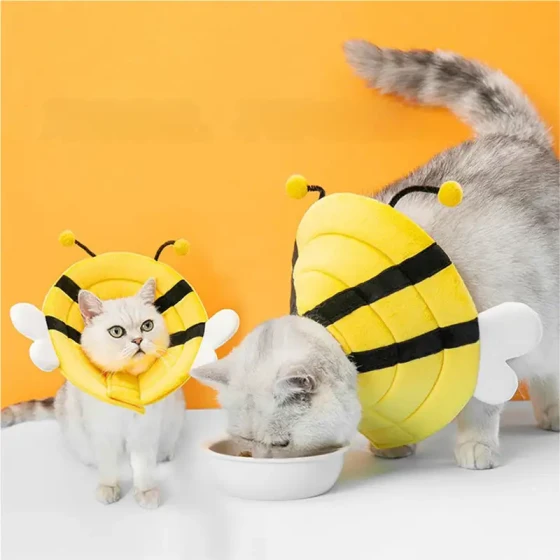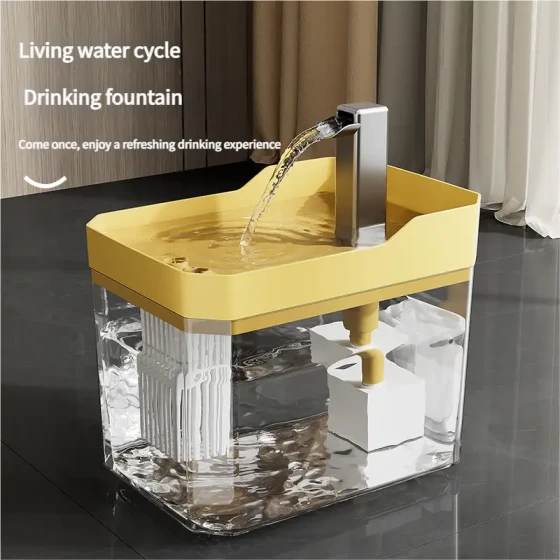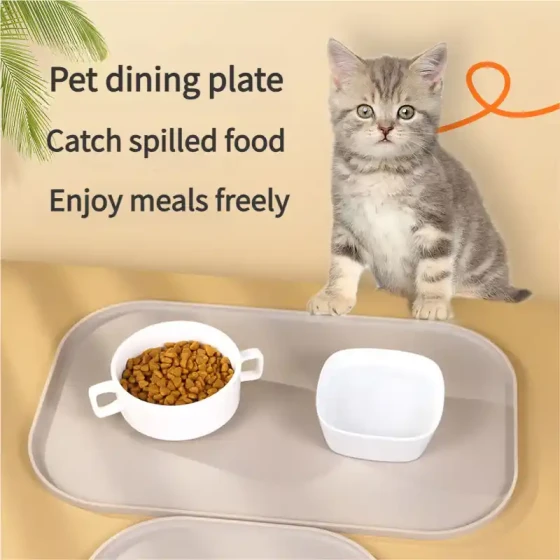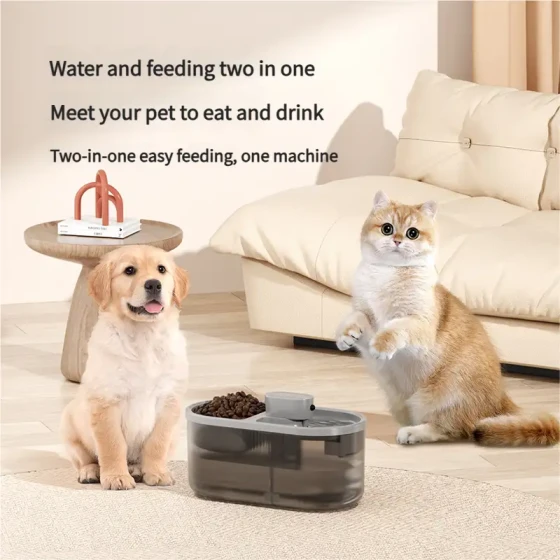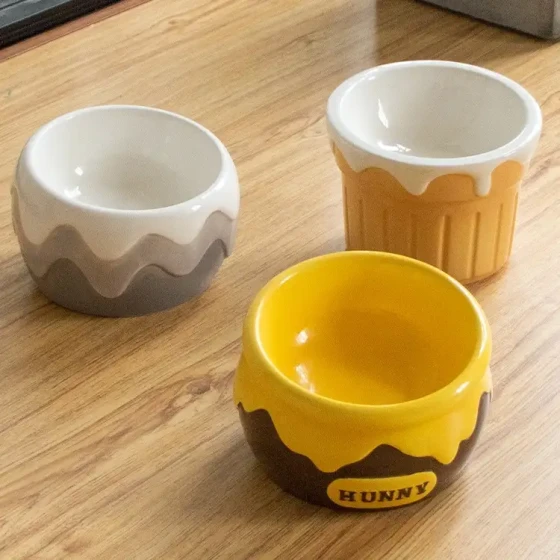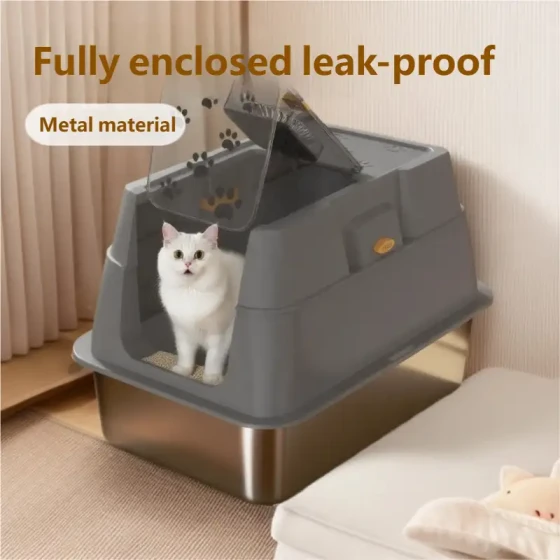What Cats Cannot Eat_These Foods Must Be Avoided
The world of cats is simple to describe: eating, drinking, defecating, urinating, and sleeping. However, properly taking care of this “master,” especially when it comes to food, involves a lot of knowledge. Many cat owners soften their hearts when seeing their cats look longingly at the delicious food on the table and feed them, unaware that this “kindness” might push the cat to the brink of danger. Remember this: what is delicious to humans may be poison to cats. Therefore, for the health and longevity of cats, some foods are absolute red lines not to be touched.
Why can't cats casually eat human food? This comes down to their physiology. Cats are obligate carnivores, which means most of their required nutrients must and can only be derived from meat. Their digestive systems and metabolism are completely different from omnivores or herbivores. For example, they need a large amount of animal protein, specific fatty acids, and taurine, but their ability to digest carbohydrates is relatively weak. More importantly, they lack certain enzymes and cannot effectively break down or metabolize some substances harmless to humans, which accumulate in their bodies and become toxic.
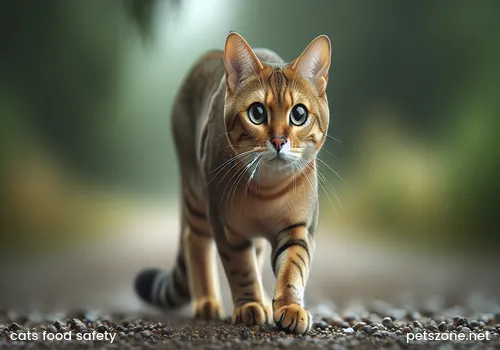
So, which specific foods are forbidden zones for cats? Here are some of the most common and dangerous “most wanted criminals”:
- Allium family (Onions, Garlic, etc.)
This includes onions, garlic, leeks, scallions, and more. Whether raw, cooked, powdered, or dehydrated, they all contain sulfur compounds that destroy cats’ red blood cells, causing hemolytic anemia. Think about it—red blood cells are oxygen “carriers,” and once damaged, cats can show weakness, lethargy, loss of appetite, pale gums, and even darker urine (ranging from orange to deep red). Garlic is 3 to 5 times more toxic than onions. Moreover, this toxicity is sometimes not immediate, possibly showing up days after ingestion, making it stealthy. So be very careful when cooking with these seasonings; especially watch out for flavorings containing onion or garlic powder, which are more concentrated and dangerous. - Chocolate and Caffeine
Yes, chocolate is a “source of happiness” for us but a fatal temptation for cats (even though cats are not sensitive to sweetness, their curiosity and other food aromas might attract them). Chocolate contains theobromine and caffeine, which are methylxanthines. Humans metabolize them relatively quickly, but cats process them slowly, leading to accumulation. These substances excessively stimulate the central nervous system, cardiovascular system, and muscles. Symptoms include vomiting, diarrhea, elevated body temperature, muscle tremors, arrhythmia, thirst, increased urination, and in severe cases, seizures, coma, or death. The higher the cocoa content (such as in dark or baking chocolate), the greater the risk. Coffee, tea, and energy drinks also contain caffeine and are equally dangerous. - Grapes and Raisins
This may surprise many because grapes look benign. But puzzlingly, grapes and raisins can cause acute kidney failure in cats (and dogs), and even small amounts may lead to severe outcomes. Although the exact toxic substance is unclear (some studies suggest tartaric acid), the risk is real. Early signs may include repeated vomiting and hyperactivity, followed by depression, loss of appetite, abdominal pain, and abnormal drinking and urination typical of kidney failure. Toxicity varies individually; some cats show no issues, others may die. We cannot take such risks, so always keep grapes, raisins, and foods containing them (like raisin bread) out of cats’ reach. - Alcohol
Whether alcoholic drinks, foods containing alcohol, or household products with alcohol (like disinfectants), they are all highly toxic to cats. Cats’ livers cannot effectively metabolize alcohol, and its effect on their central nervous system is much greater than in humans. Even tiny amounts can cause alcohol poisoning. Two teaspoons of whiskey could make a 5-pound (about 2.2 kg) cat comatose, and slightly more can be fatal. Symptoms include vomiting, diarrhea, disorientation, tremors, and severe cases may lead to liver and brain damage, coma, or death. - Xylitol
This is a common sugar substitute found widely in sugar-free gum, candies, baked goods, toothpaste, and more. Although reports on xylitol poisoning in cats are relatively rare, studies indicate it may damage cats’ livers and causes drastic blood sugar drop and liver failure in dogs, making it highly toxic. Cats' lack of interest in sweetness might reduce exposure risk, but to be safe, keep products containing xylitol away from cats. As the saying goes, “Better safe than sorry.”
Besides these “high-risk” foods, there are also foods that may not be fatal but can negatively affect cats’ health:
- Raw meat, raw fish, raw eggs: Might contain pathogens like Salmonella and E. coli, causing vomiting, diarrhea, lethargy, and other poisoning symptoms. Raw fish contains thiaminase, which destroys vitamin B1 (thiamine) essential for cats; long-term intake may cause neurological issues. Raw egg whites contain avidin, which impairs biotin absorption and can lead to skin and coat problems.
- Bones: Especially cooked bones become brittle and prone to splintering, which may poke or block the digestive tract, even causing choking or dental damage.
- Milk and dairy products: Most adult cats lack lactase and cannot properly digest lactose, causing vomiting, diarrhea, and lactose intolerance symptoms. While kittens may digest lactose, this ability diminishes after weaning.
- Excessive consumption of tuna: Cats seem to love tuna, but feeding human canned tuna long-term or in large amounts may cause nutritional imbalance (such as taurine and vitamin E deficiency) and even risk mercury poisoning. Occasional small treats are okay, but it should not be the main food.
- Fat trimmings and fried foods: High-fat foods are difficult to digest, potentially causing gastrointestinal discomfort, vomiting, diarrhea, and long-term intake may lead to pancreatitis.
- Dough (raw yeast dough): When ingested by cats, yeast ferments in the warm, moist environment producing alcohol and carbon dioxide. Alcohol causes poisoning, and carbon dioxide leads to bloating and abdominal pain.
- Nuts: Especially macadamia nuts and walnuts may be toxic to cats, causing weakness, vomiting, tremors, and elevated body temperature. Other nuts are also high in fat and may cause indigestion.
- Citrus fruits: The stems, leaves, seeds, and peels of citrus fruits (like oranges, lemons, grapefruits) contain citric acid and essential oils that may irritate cats’ digestive systems and large amounts might affect the central nervous system. However, most cats naturally dislike citrus smells, so the risk of voluntary ingestion is low.
If a cat accidentally eats any of the above dangerous foods, even a small amount, or shows symptoms like vomiting, diarrhea, lethargy, abnormal excitement, or seizures signaling possible poisoning, contact a veterinarian or pet poison helpline immediately for professional help. Do not self-diagnose or induce vomiting on your own, as in some cases it can be more dangerous. Follow your vet’s instructions carefully. Clearly tell the vet what the cat ate, how much, approximately when, the cat’s weight, and current symptoms—this information is critical for diagnosis and treatment.
Having a cat is both a responsibility and a joy. Providing a healthy and safe diet is the foundation to ensure your cat’s health and longevity. Professional cat food on the market, whether dry or wet, is scientifically formulated to provide all the nutrition cats need without harmful substances. If you want to give your cat extra treats, choose snacks specially designed for cats, or small amounts of cooked, unseasoned lean meat (like chicken breast or beef), which are safe foods.
Ultimately, loving our cats means loving them in the way they need, not just in the way we think is good. Controlling the “feeding hand” is the best protection for cats. After all, watching them jump and run healthily and livelily at home is more reassuring than any “share from the dining table.”
